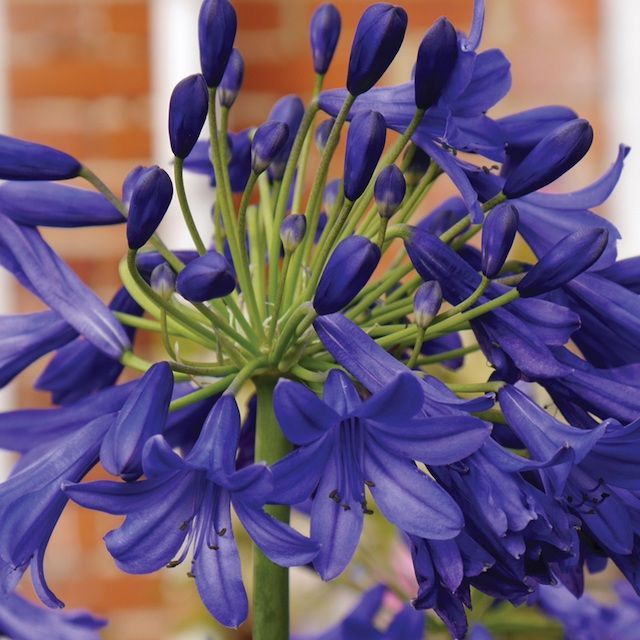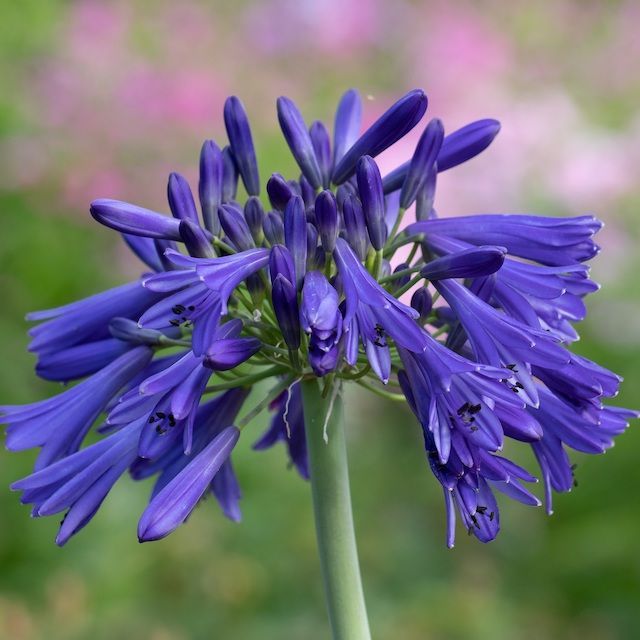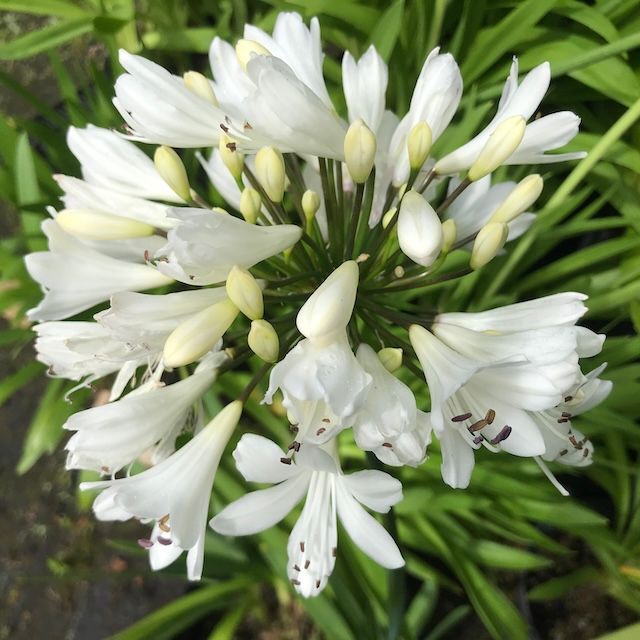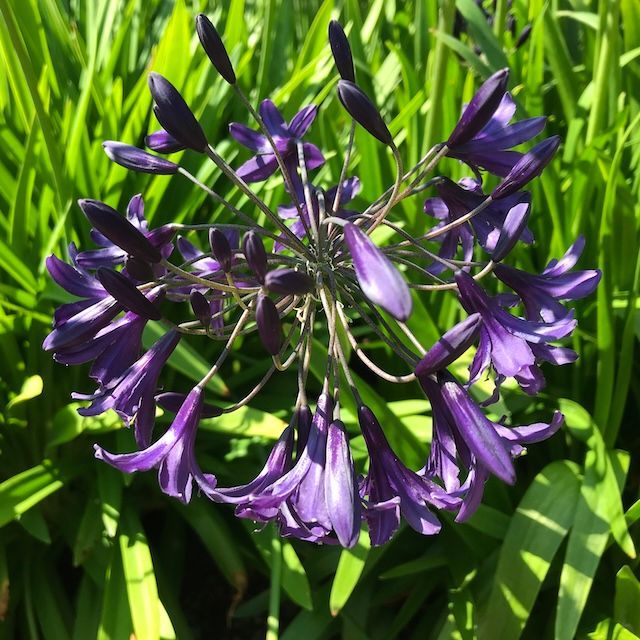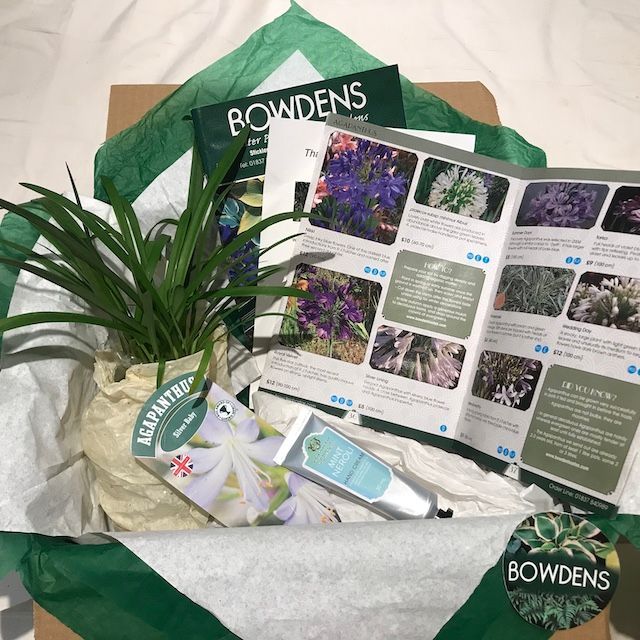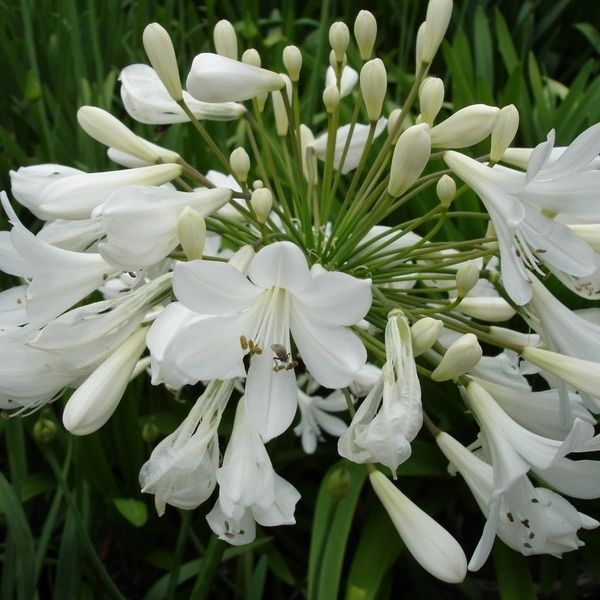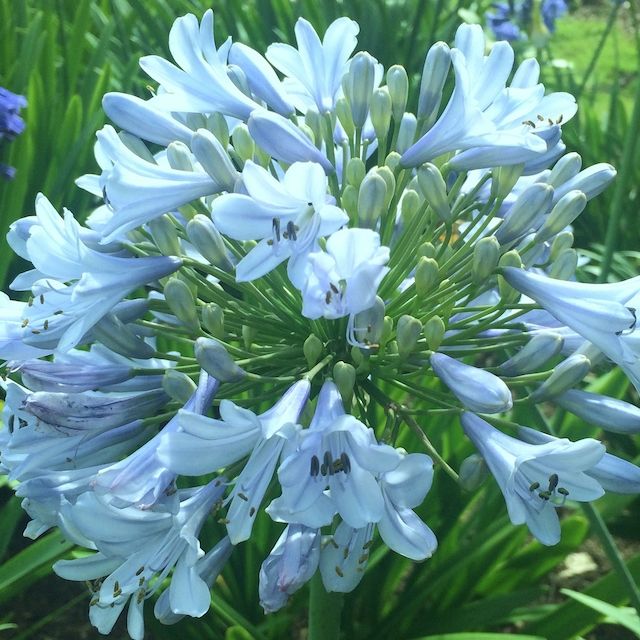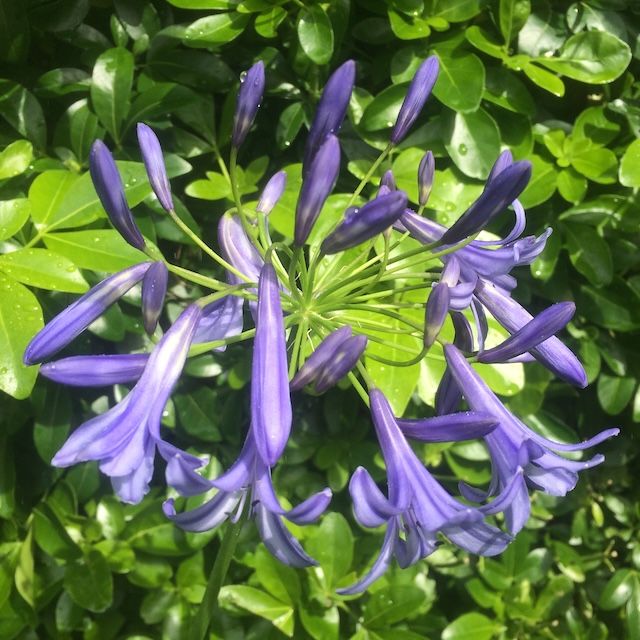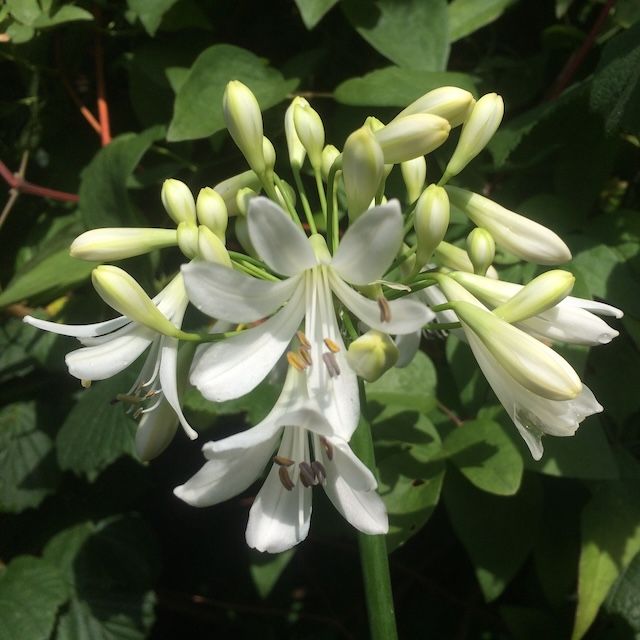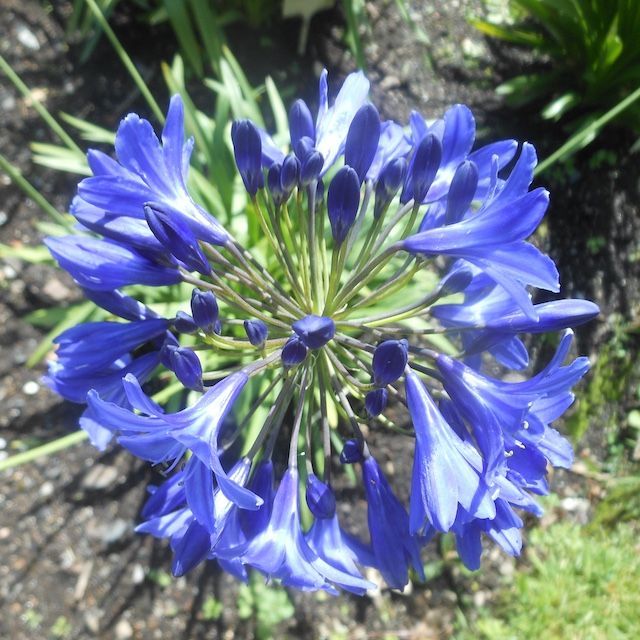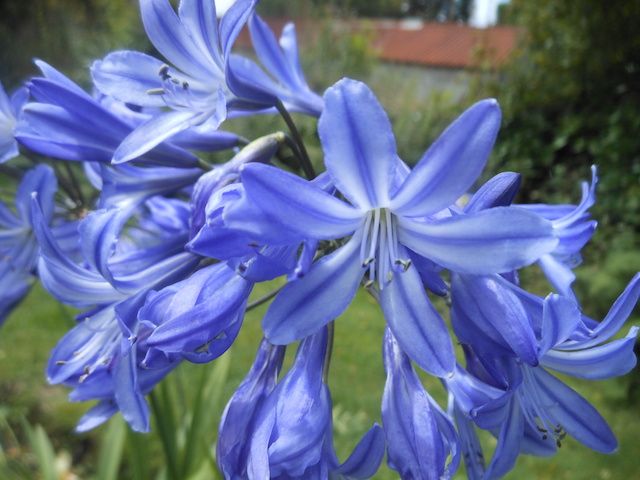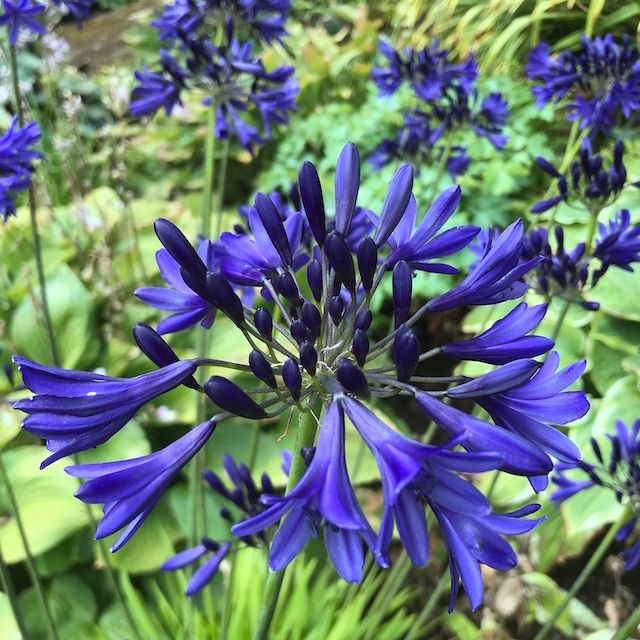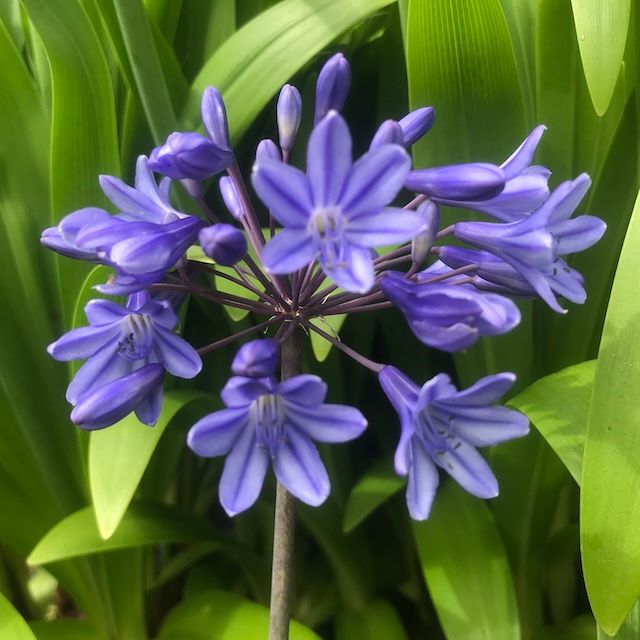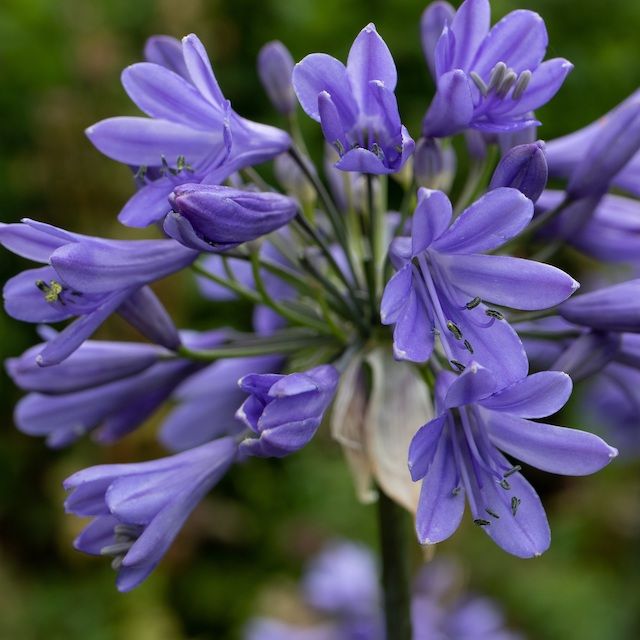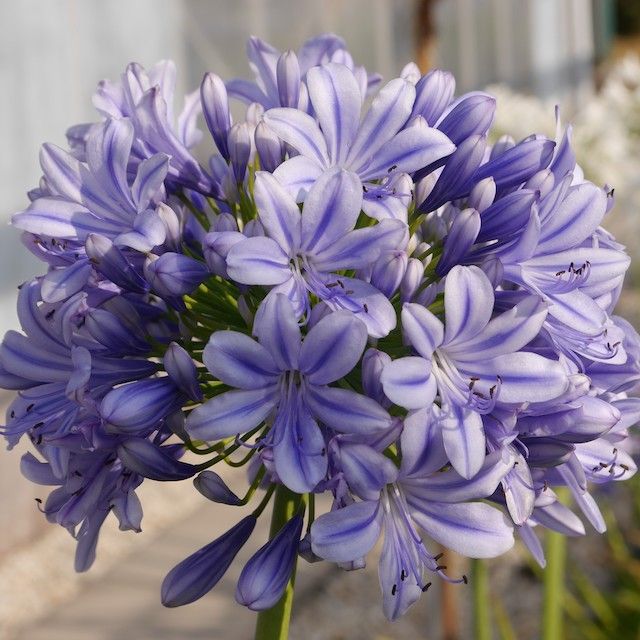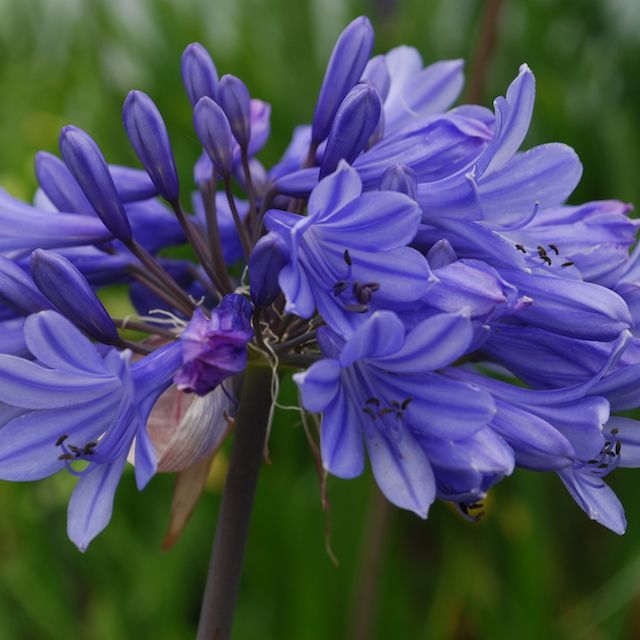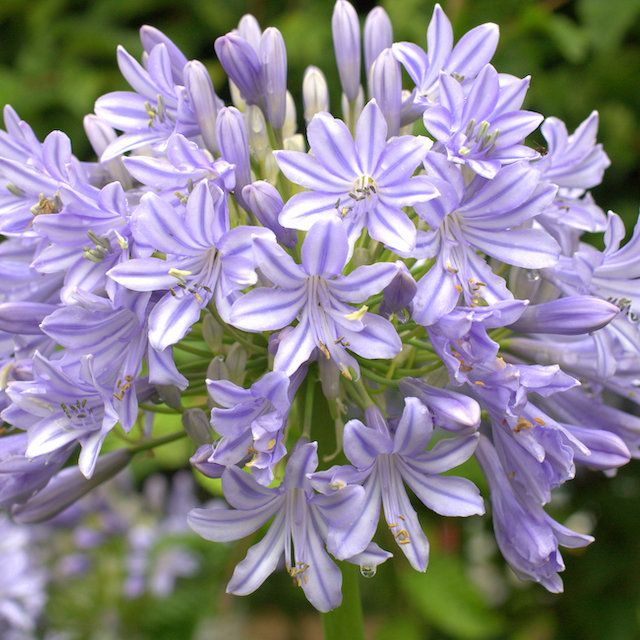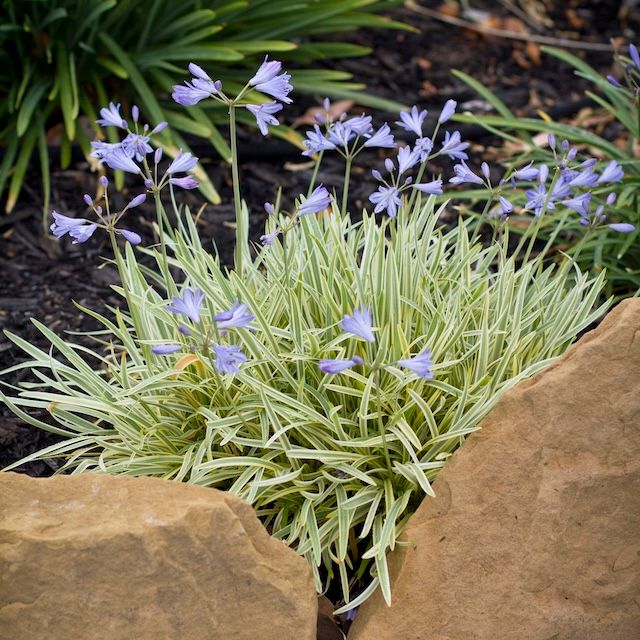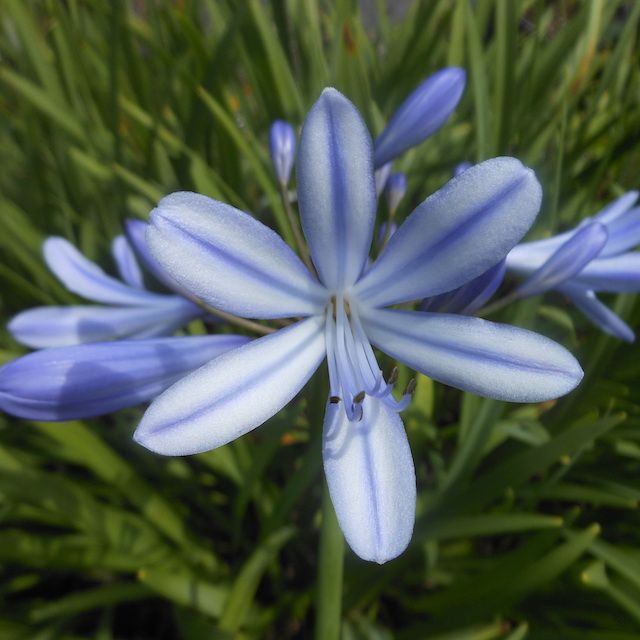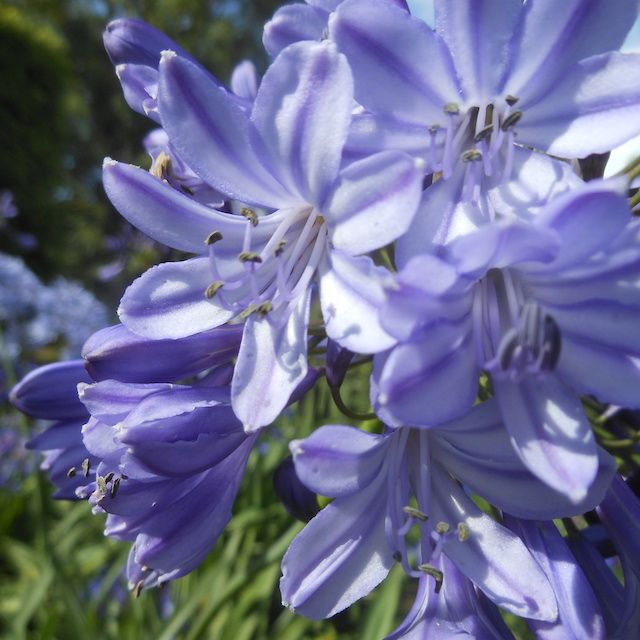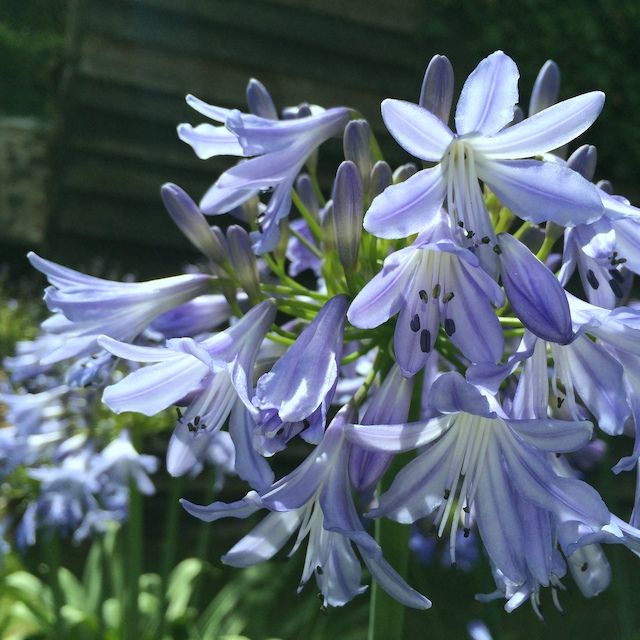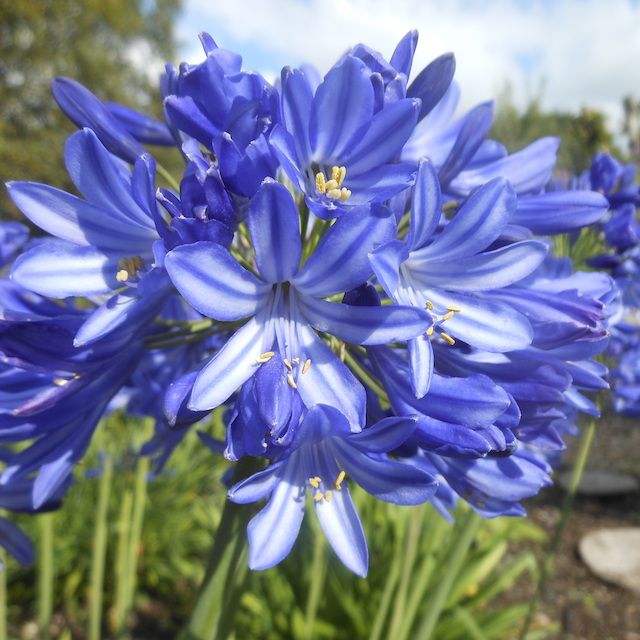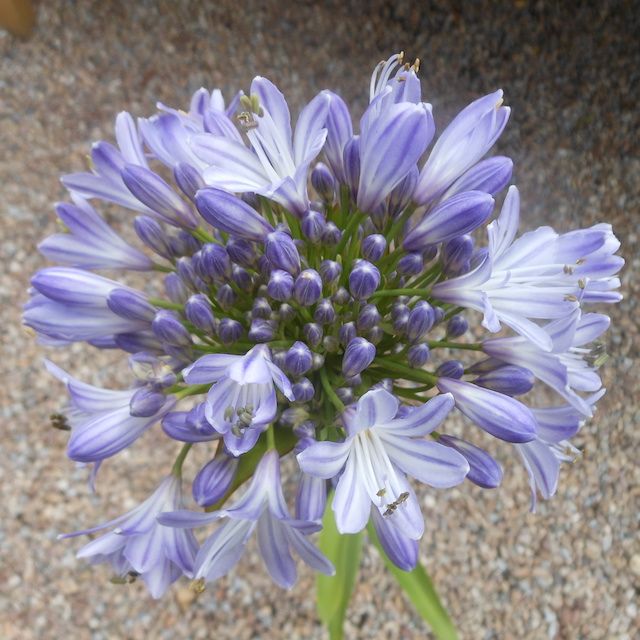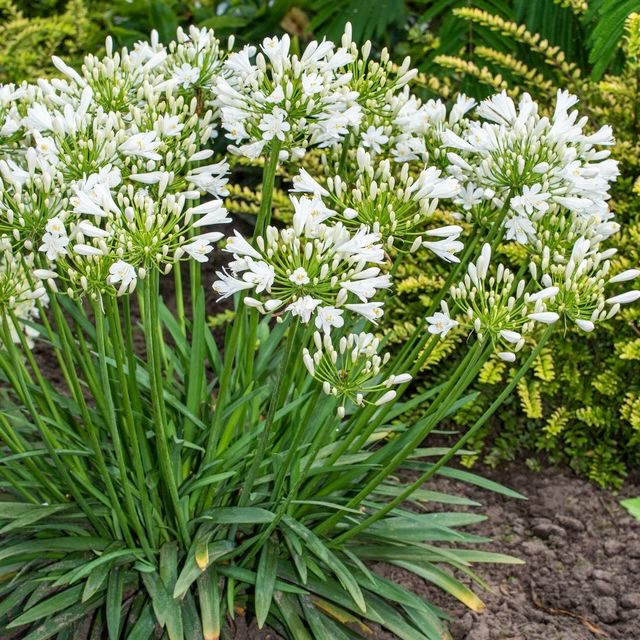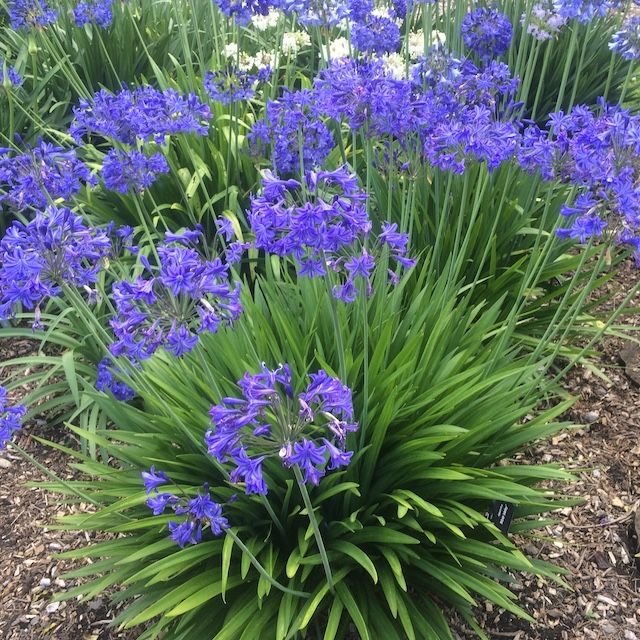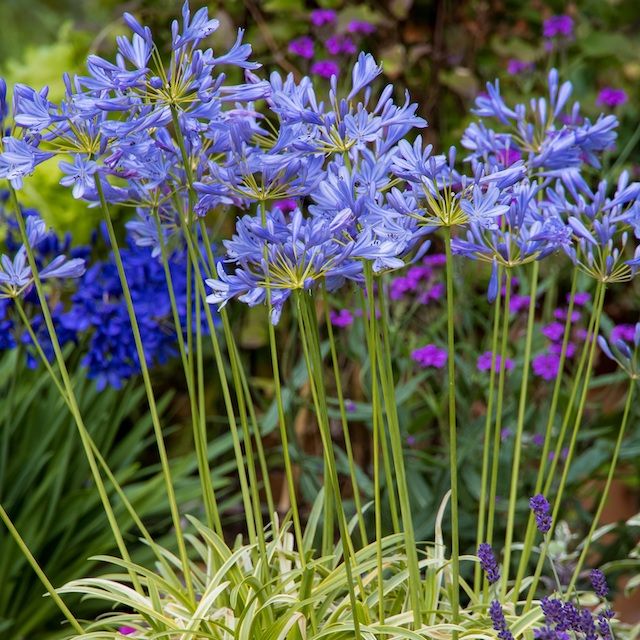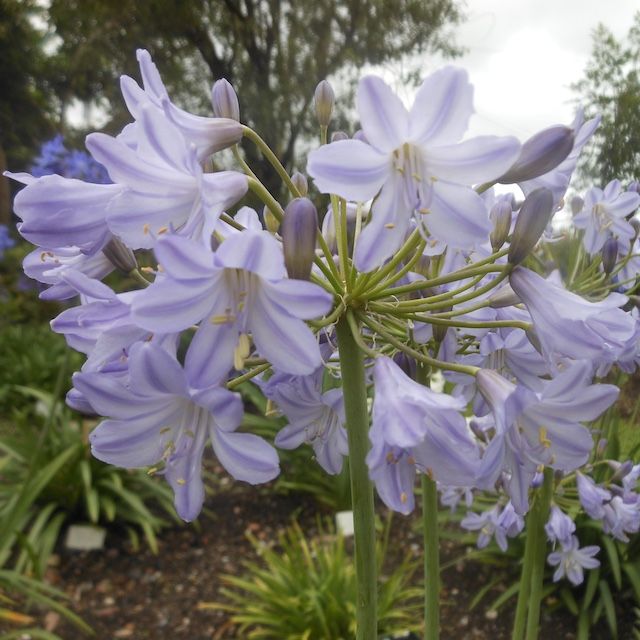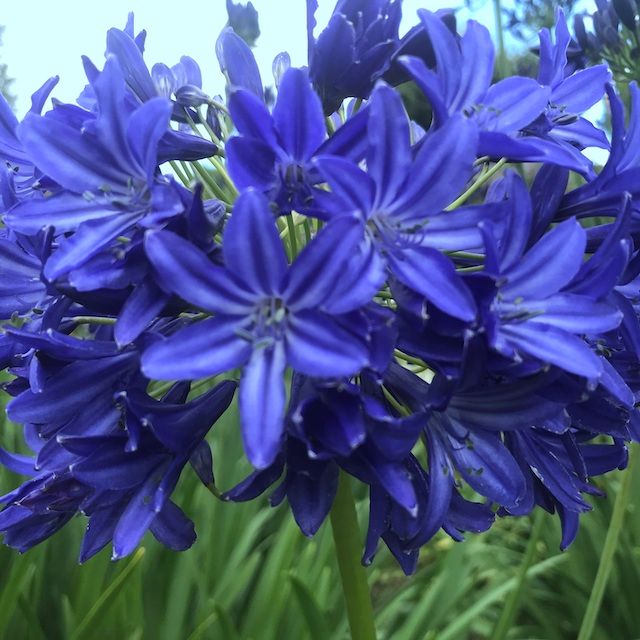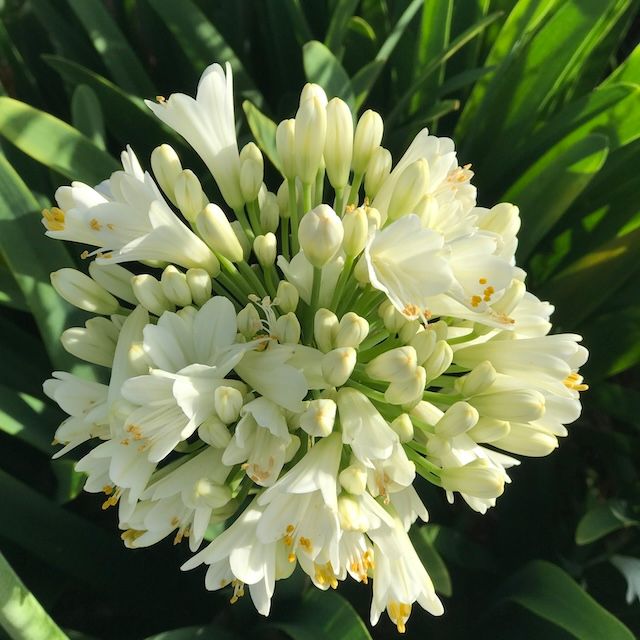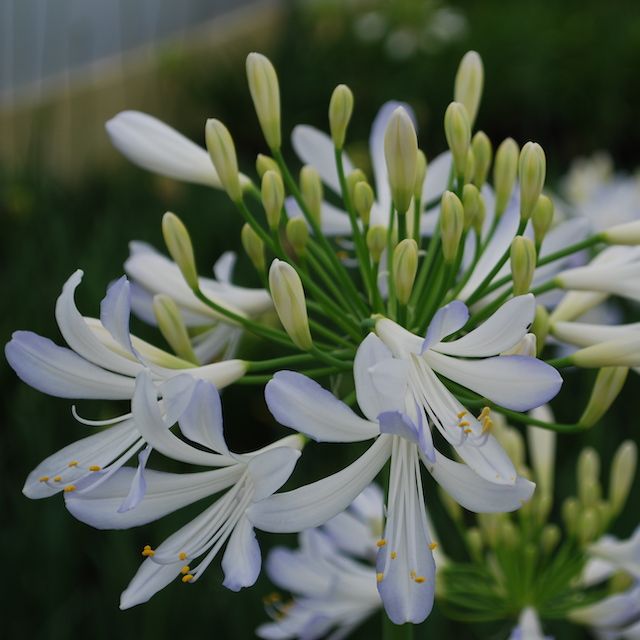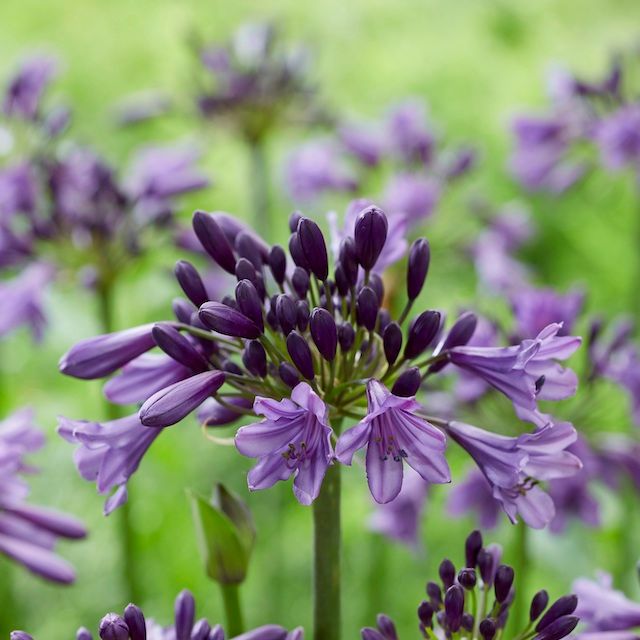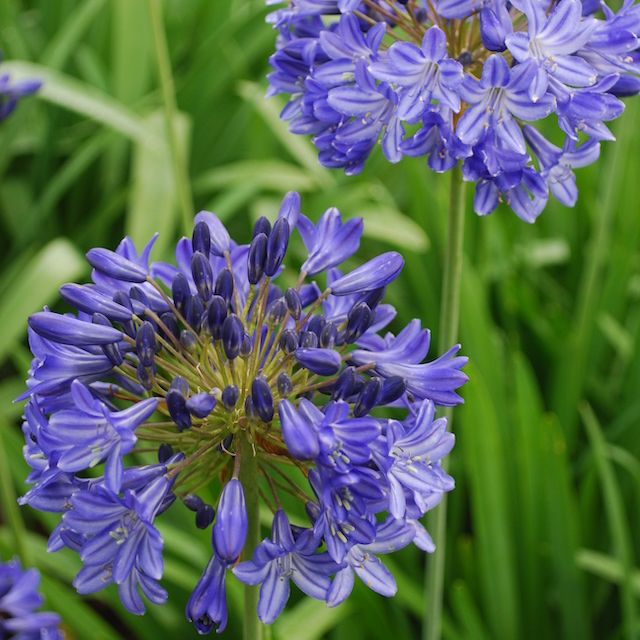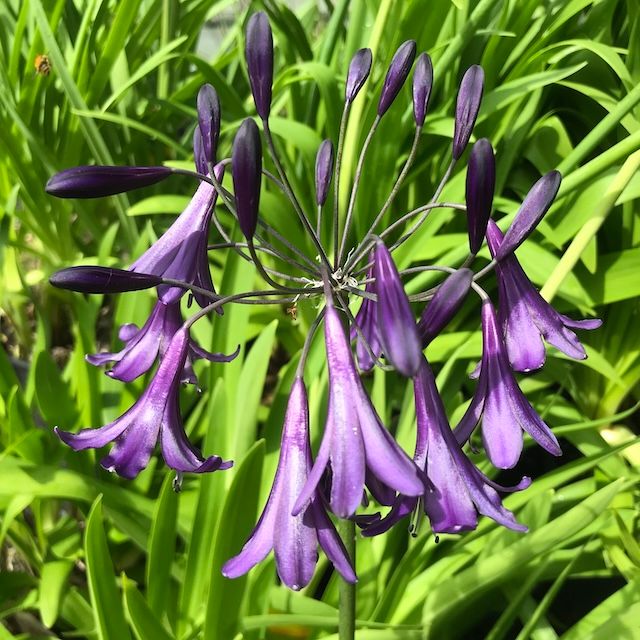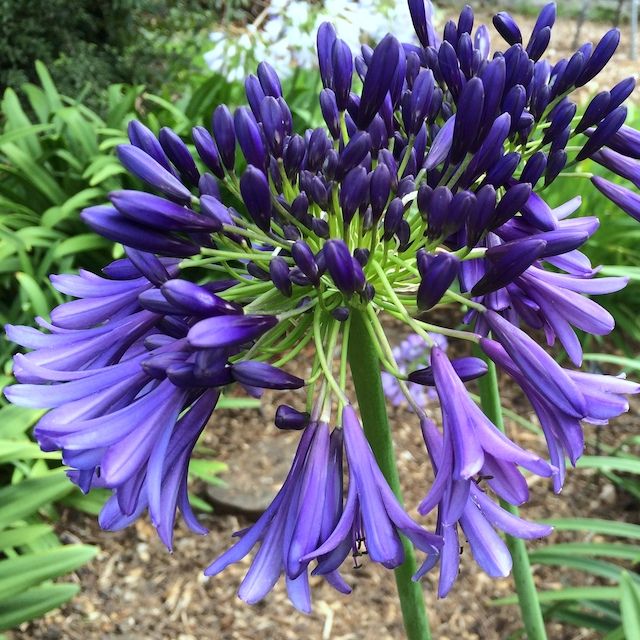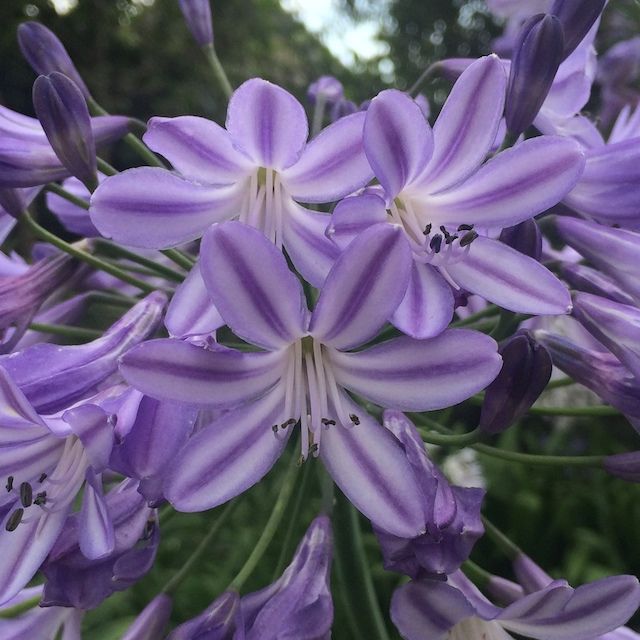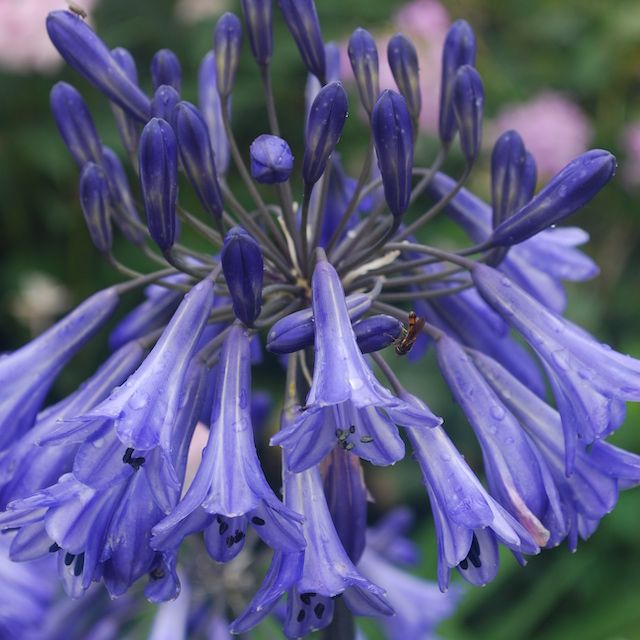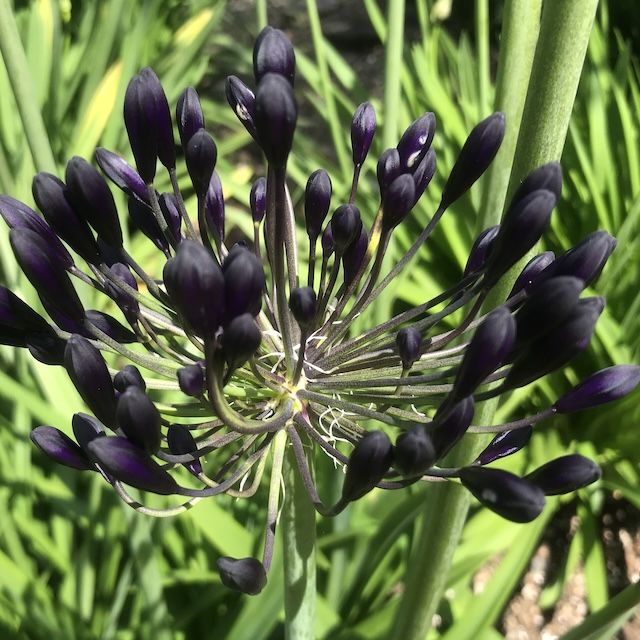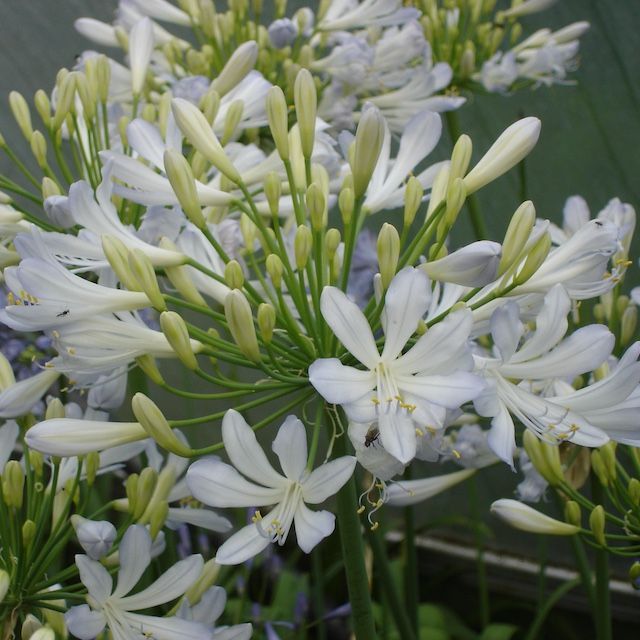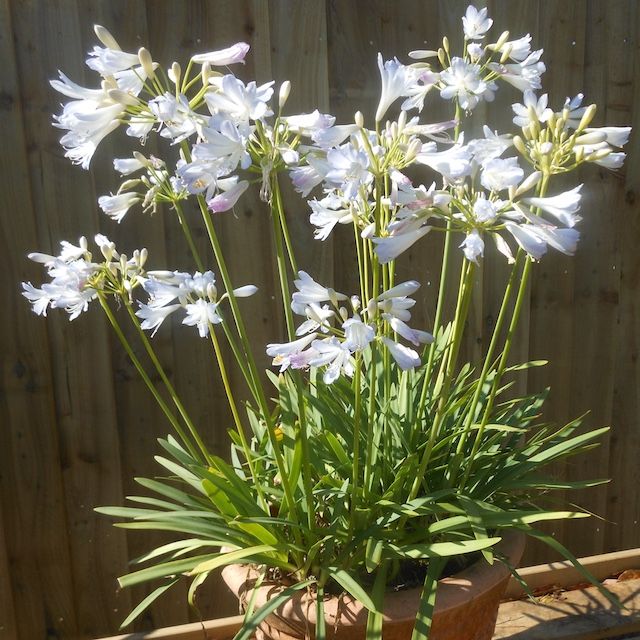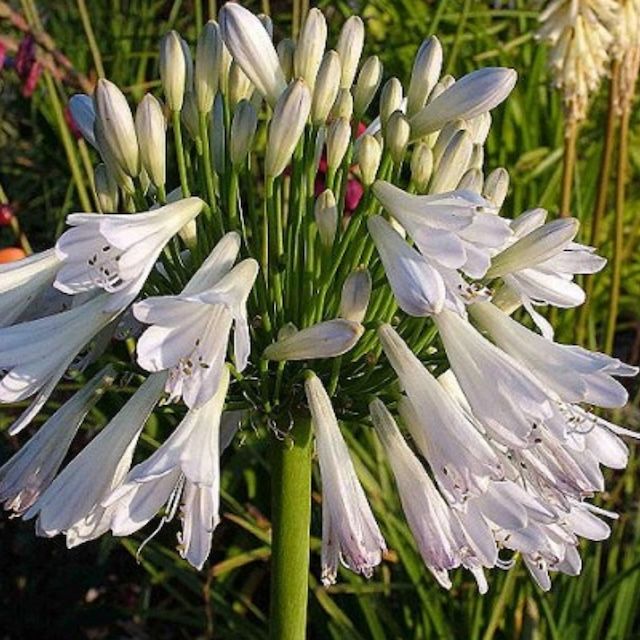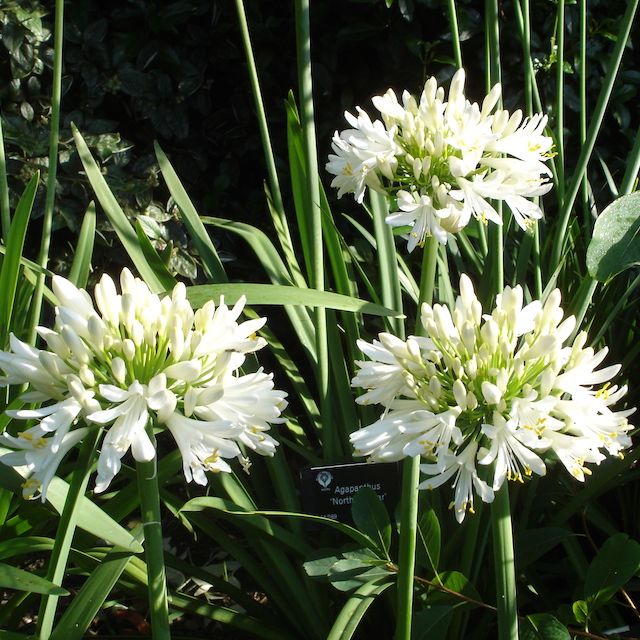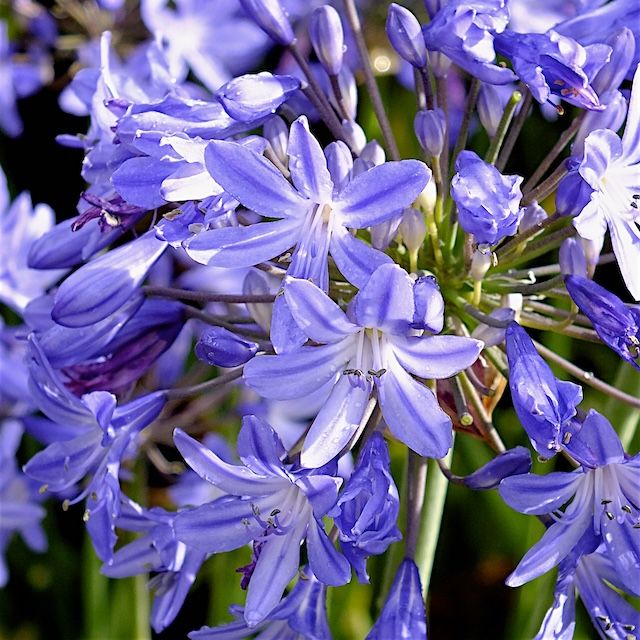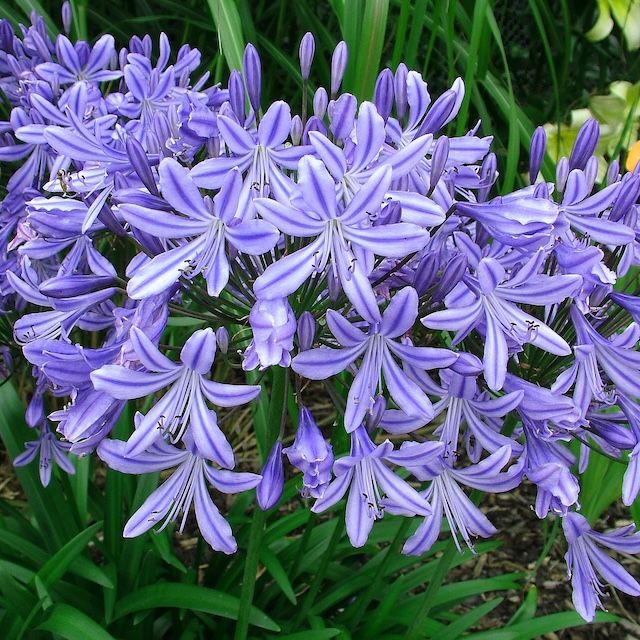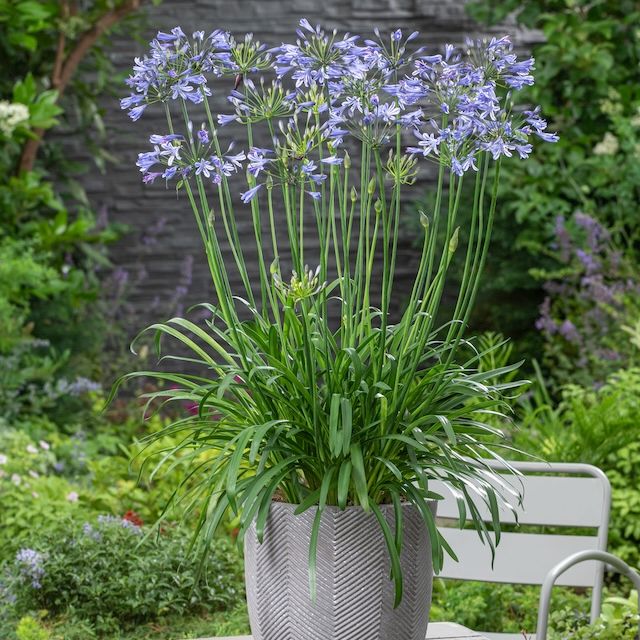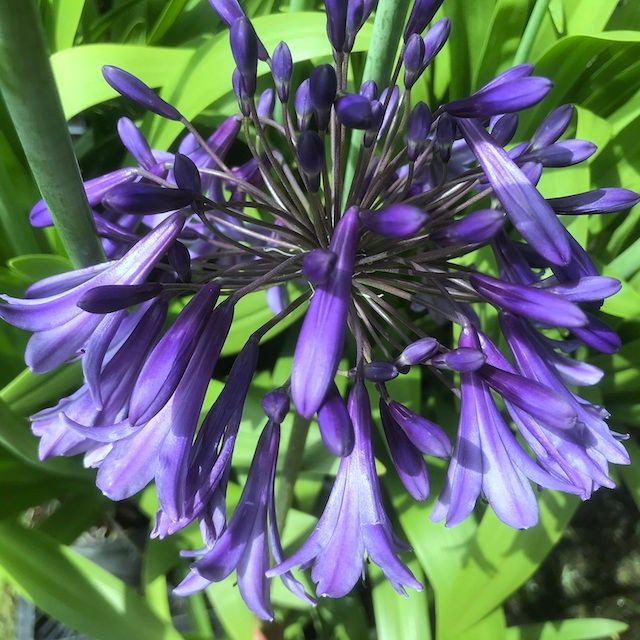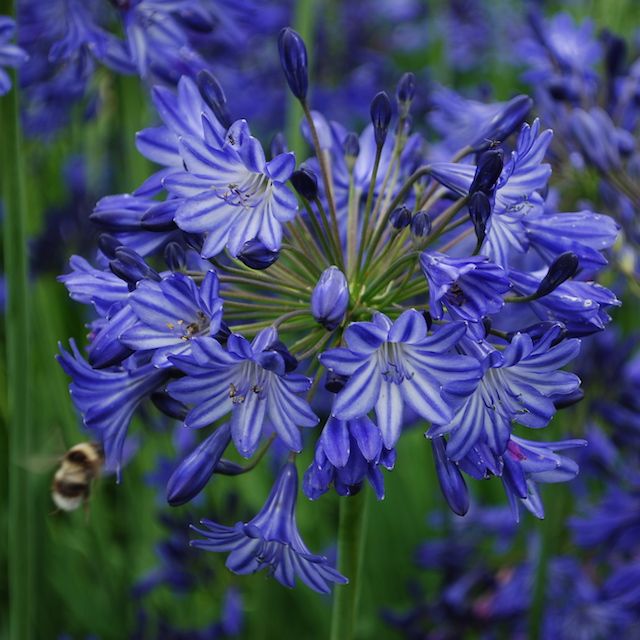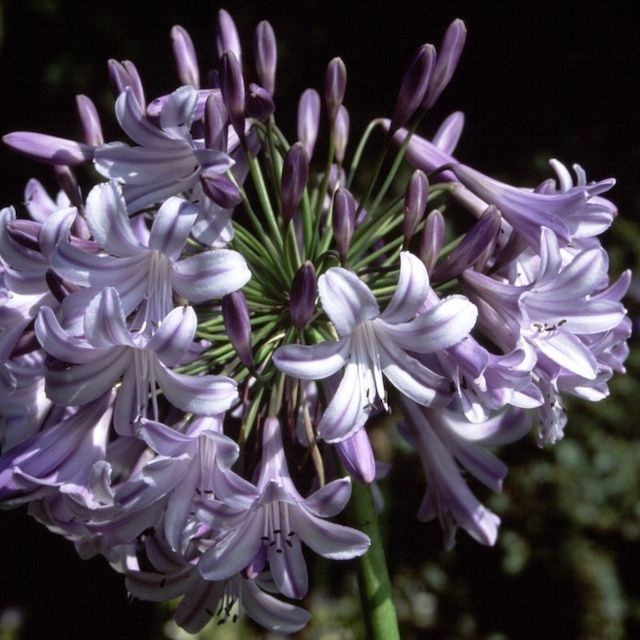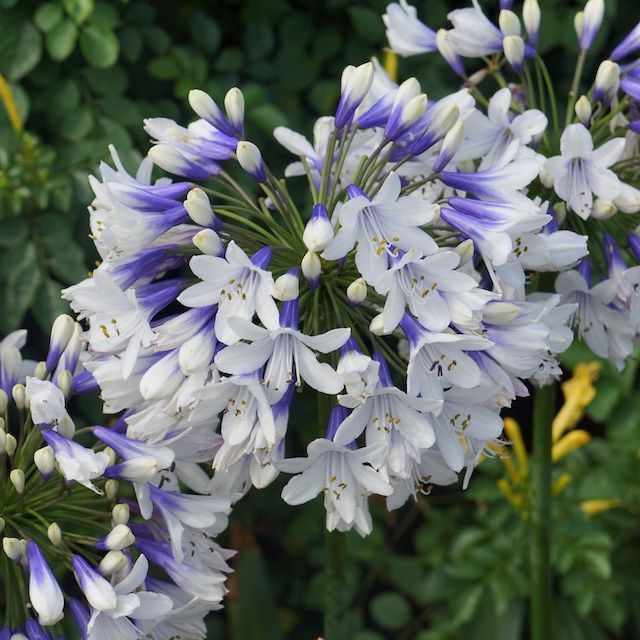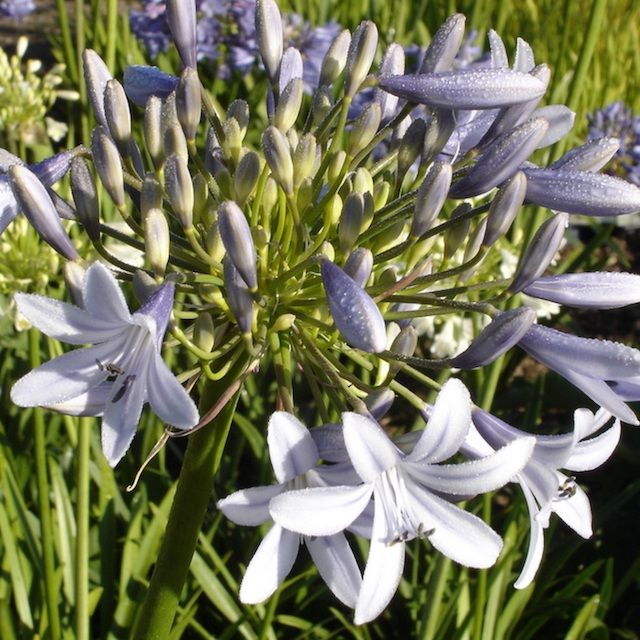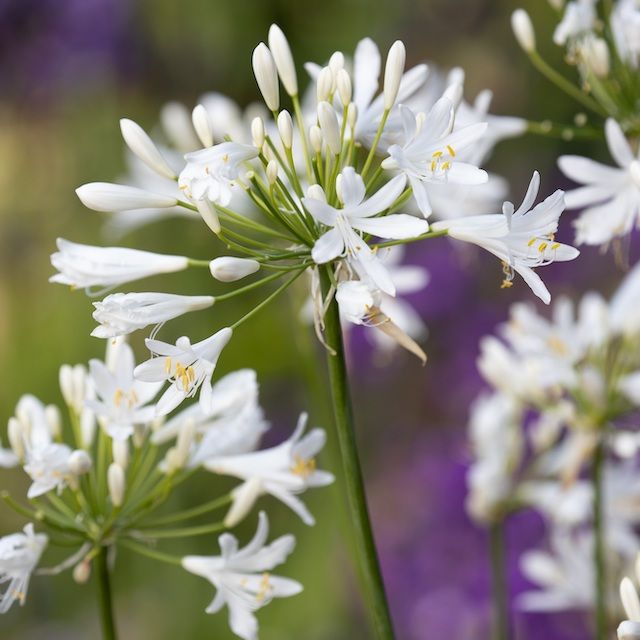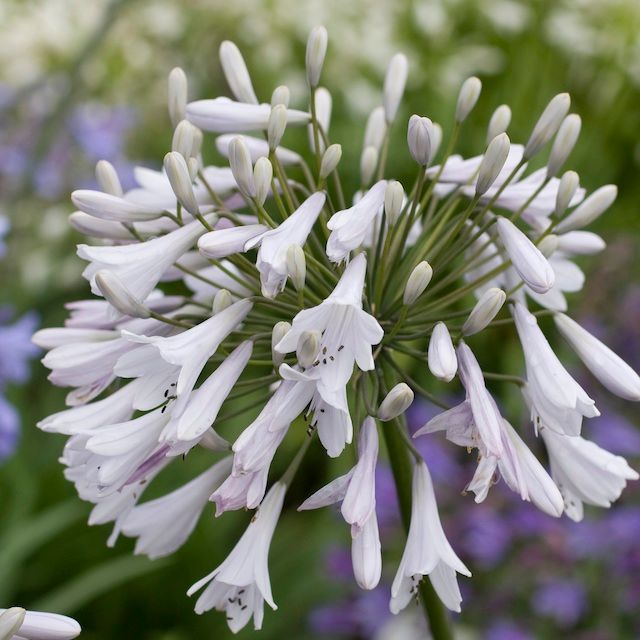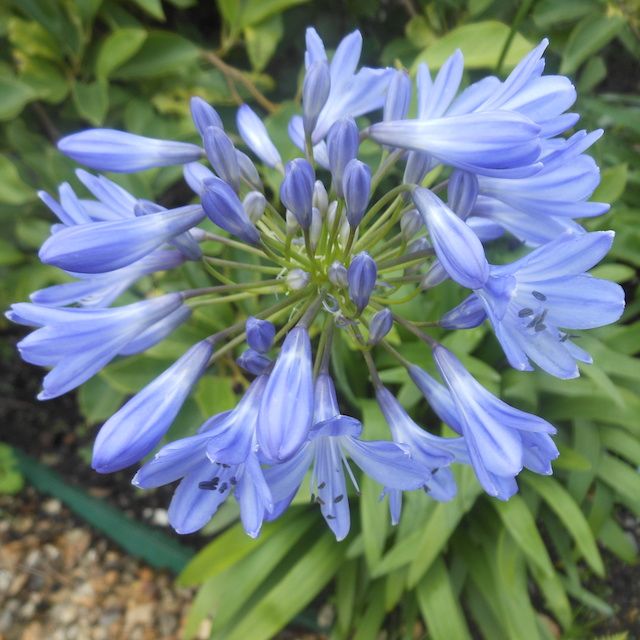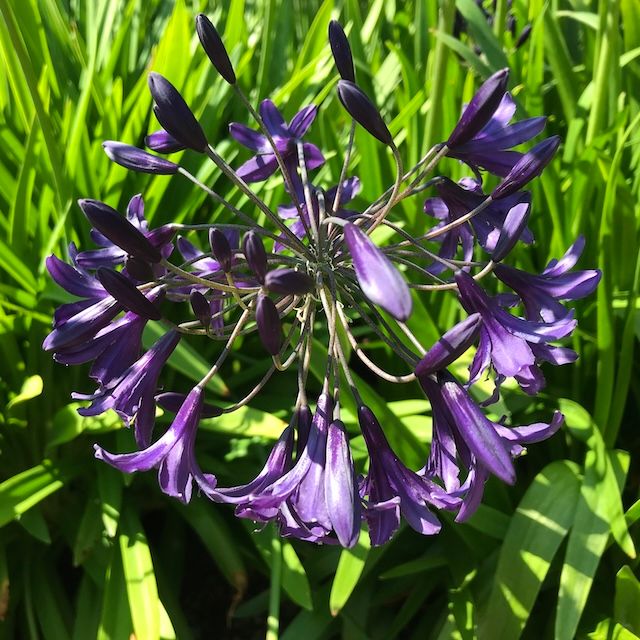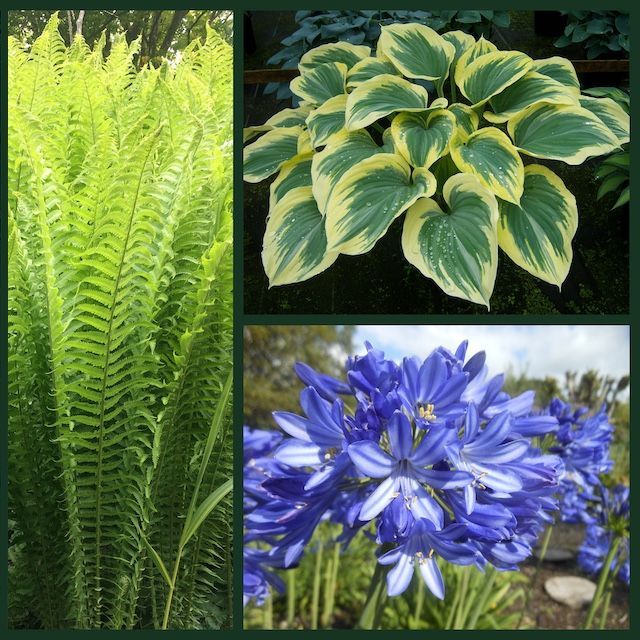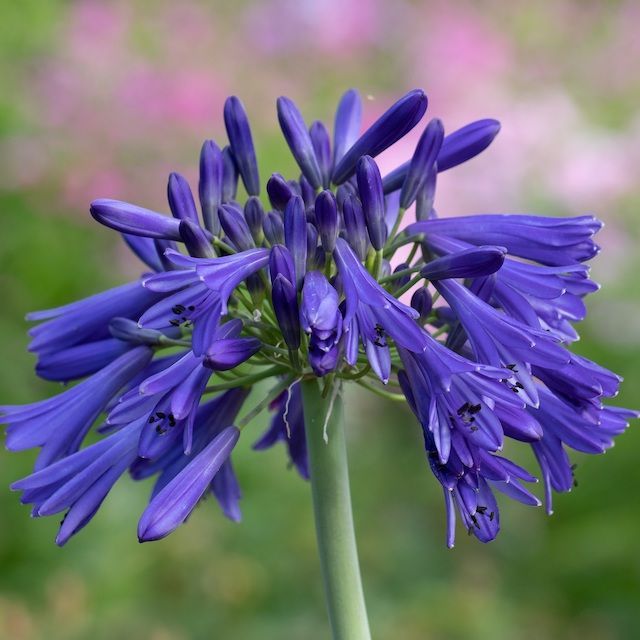Contact:
Bowdens Nursery,
Bowden Place,
Sticklepath,
Devon,
EX20 2NL
Call: 01837 849367
Email: sales@bowdensnursery.com
Give us a call: 01837 849367
About Agapanthus
The name "Agapanthus" is derived from the Greek agape (αγάπη) meaning love and anthos (άνθος) the flower. Hence the name, "Flowers of Love".
Agapanthus come from South Africa and are herbaceous perennials, belonging to the family Amaryllidaceae which contains six species and a number of subspecies. Some are hardy and some tender. We supply a range of well-cultivated agapanthus in 2 litre pots, making the perfect addition to any garden.
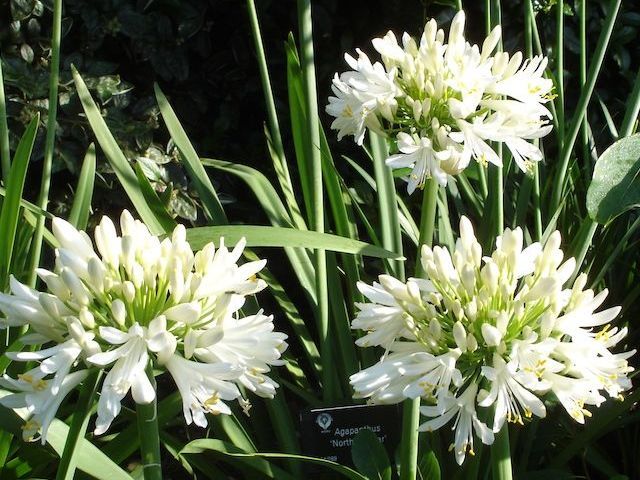
Rootstock
They produce a rootstock with an abundance of thick fleshy roots and mainly tight crowns of buds, strap shaped leaves, and umbels of mainly blue flowers. Not strictly bulbous but rhizomatous, they tend to be included in bulb catalogues.
Season
These plants are generally suited for planting in spring or early summer. They flower from July, through August and to the end of September.
Appearance
Flowers come in various shades from bold white through all shades of blue to deep violet. Their strap-like leaves can be broad or narrow, greyish to dark green, occasionally gold and some variegated.
Deciduous vs Evergreen
From a horticultural point of view, Agapanthus are in two main groups, deciduous and evergreen. The evergreen ones come from the western Cape and parts of the eastern Cape where winter rains predominate. They appear to be more tolerant of summer drought and are a wiser choice for ‘Mediterranean’ type planting schemes and in containers and will withstand lack of water for longer periods.
The deciduous species are mainly from the summer rainfall areas. Winter wet in our UK gardens seems not to bother them at all, providing the drainage is good. Their leaves die readily by late autumn and the crown of buds remains hidden below the surface of the soil.
Most of the deciduous plants in cultivation are derived from A. campanulatus, while the evergreen ones are from A. praecox.
How to Care for Your Agapanthus
From potting your agapanthus to protecting against the frost, get these top tips on how to care for your agapanthus.
Planting Agapanthus
If you are planting your Agapanthus in the garden, ideally plant in the spring once the soil is warm. Choose a sunny, well drained position. Good soil preparation and addition of organic matter will help it to grow well. If your soil is heavy, add extra grit or bark to aid drainage.
Plant small growing Agapanthus 30 cm apart, larger varieties 60 cm apart. Water well.
Keeping Agapanthus in a Pot
Agapanthus grow happily in pots; indeed, evergreen Agapanthus are often best kept in pots so that they can be moved for the winter. Pot in a John Innes no.3 or equivalent, with 2 parts compost and 1 part grit or bark to improve drainage.
There is a myth that Agapanthus like to be pot bound. Certainly, if they are in too large a pot, they put on lots of foliage growth at the expense of flowers. However, they are hungry feeders and a pot full of root leaves no room for nutrients or water. So a pot a couple of sizes up is ideal.
Place your pot in a sunny position.
Through the Year
Feed about once a fortnight through the season, from when the leaves appear until after flowering, with a high potash feed (such as tomato feed or our own Algernon’s Amazing Agapanthus Accelerant). Water those in pots when they are dry.
Flowers can be removed once over, left for architectural interest, or dried and sprayed for indoor decoration.
Many deciduous Agapanthus are fairly hardy, but if in doubt or particularly cold weather is forecast, cover with a thick mulch of bark or straw, or fleece.
Place pots in a frost-free environment over the winter, where they will not get waterlogged. If your pots are too heavy to move, wrap them with fleece or bubble wrap. If evergreen Agapanthus need to be in the ground, try to keep close to a house wall, ideally south or west facing where they will stay warmer and put a thick mulch of straw or fleece around the crown.
Agapanthus in the garden will need splitting every 4-5 years. Tackle this job in the spring, just as you can see the shoots, or it can be done immediately after flowering. Have a hearty breakfast, dig around the edges to loosen the roots, then simply (ha!) put two forks back–to–back into the centre of the plant and force apart. The cut edges of Agapanthus bleed, so do not pot the pieces up immediately, but leave overnight for the wound to heal. We cover the roots themselves to prevent them drying out. Then replant or pot up.
If your Agapanthus isn’t flowering well, check the following:
- Is it in enough sun?
- Does it need feeding?
- Was it frosted last winter?
- Does it need dividing?
- Is it too young?
- Is it a poor flowering variety?
Meet Our Agapanthus Specialists
Dick and Lorna Fulcher have extensive experience with agapanthus, even breeding their own hybrids of this gorgeous flower. Dick was also made an RHS Associate of Honour in 2012, recognised for his deft hand as head gardener of Inverewe Garden and Estate alongside decades of dedicated horticultural care.
Get in Touch for Advice
Please always feel free to call us for advice when it comes to your plants! We can provide some tailored tips about your situation on 01837 849367. We love hearing from our customers!
Join Fellow Agapanthus Enthusiasts!
The Nerine and Amaryllid Society caters for the interests of enthusiasts of Agapanthus and other genus and subfamilies of the Amaryllidaceae family. The Society aims to cater for all levels of interest and knowledge, sponsoring lots of interesting events, visits, and bulb exchanges.
Visit Our Gardens
Bowdens is home to two nationally recognised gardens, including one dedicated to Pine Cottage Hybrids. We welcome you to take a tour to enjoy these beautiful agapanthus plants alongside ferns, hostas, and more. We can even provide customisable tour options, perfect for agapanthus lovers and gardening enthusiasts.
Don't Forget Bowdens' Gardening Talks!
Our gardening talks are available throughout the year! Whether you want to get the ins and outs of agapanthus care or learn more about creating a show garden, we’ll be happy to visit your garden club or special event
MENU:
GET IN TOUCH:
Bowdens Nursery,
Bowden Place,
Sticklepath,
Devon,
EX20 2NL
Call: 01837 849367
Email: sales@bowdensnursery.com
Get Regular Special Offers
Sign up for regular special offers from Bowdens Nursery! All gardeners, beginner or advanced, are welcome to sign up for these exclusive deals.
Contact us
We will get back to you as soon as possible
Please try again later


